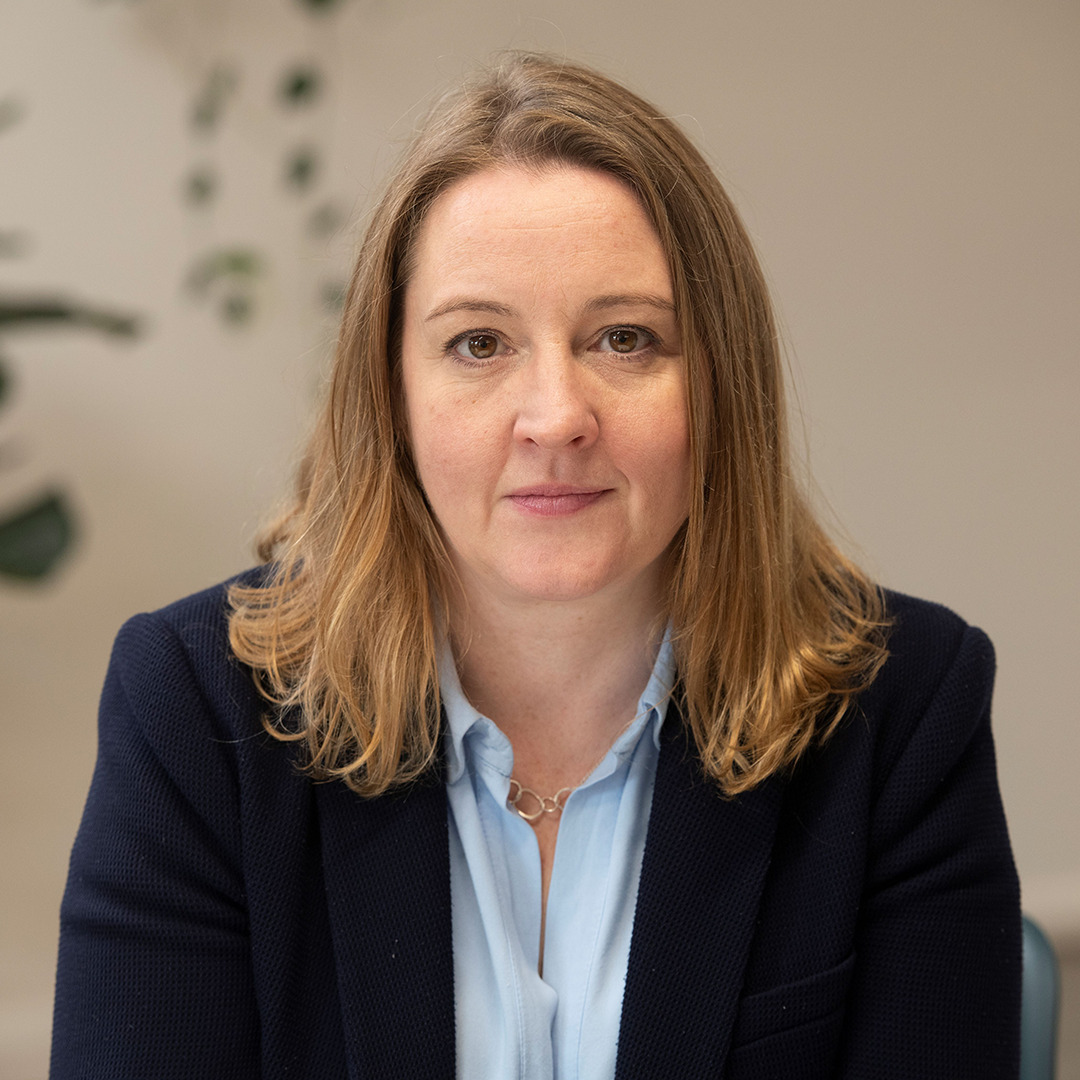Capex to opex – full circle?
As anyone working in project management for the last decade will know, there has been a shift in focus to help achieve and meet client expectations for their future sustainability targets.
For my part, I have generally seen clients incorporating an overarching strategy to achieve this across its entire estate by 2040 (or sooner).
Throughout my early career, most of my projects were delivering client’s capital expenditure projects. However, in the last 12-18 months, I have seen a significant shift in focus to operational expenditure preservation within our client’s portfolio of buildings.
It seems that the tide is turning, and we have come full circle with a significant swing towards understanding the need to improve and futureproof buildings with a spend to save on the environmental impact.
I am repeatedly being asked by clients to deliver projects that will help them move towards achieving an improved sustainable approach within the project’s design, which will ultimately seek to improve on future upkeep (vs a former design approach).
Whilst not always the most glamourous of projects, here are a couple of examples where we have been able to add value for clients:
Example 1
The principle incorporated within a recent scheme was to out-perform the current requirements for building regulations and to maximise sustainable outputs (where feasible). In line with achieving net zero carbon, some examples progressed on this project were:
- Low water use sanitaryware
- A high level of fabric performance in external wall construction
- Specified glazing going above and beyond building regulations requirements
- Dimmable light switches/PIRs were necessary to avoid over-use of electricity to improve internal environments for visitors and clinical staff alike
Example 2
On another scheme, we used new sustainable technologies via modern methods of construction. On site, I led our team to engage with a specialist Mechanical & Electrical sub-contractor and through workshops, we implemented prefabricated items (such as prefabricated ductwork & pipework) that provided better efficiency and cost savings for the project.
I have included recent feedback from my client at Warrington & Halton Teaching Hospital, on their thoughts on how we helped achieved their sustainable targets.
The Trust have been very impressed by the level of dedication/ professionalism with Abadur and his team, who have looked after the Trust’s interests all the way through from start to completion
If you are interested in way to support clients achieving their aspirations during this time of change, my top 3 takeaways are:
- Plan sustainability workshops that involve client, design team and contractor (if possible)
- Review future technologies that will reduce future client costs at a lesser premium
- You can help achieve your client’s future sustainability targets through modest variations
We are continuing to work in collaboration with clients, design teams and contractors to make sure we continue to achieve project successes and share lessons learnt.
For more information contract abadur.chowdhury@identityconsult.co.uk
Selected industry experts bring you insight and expert advice, across a range of sectors.
Subscribe for free to receive our fortnightly round-up of property tips and expertise
Selected industry experts bring you insight and expert advice, across a range of sectors.
Subscribe for free to receive our fortnightly round-up of property tips and expertise



